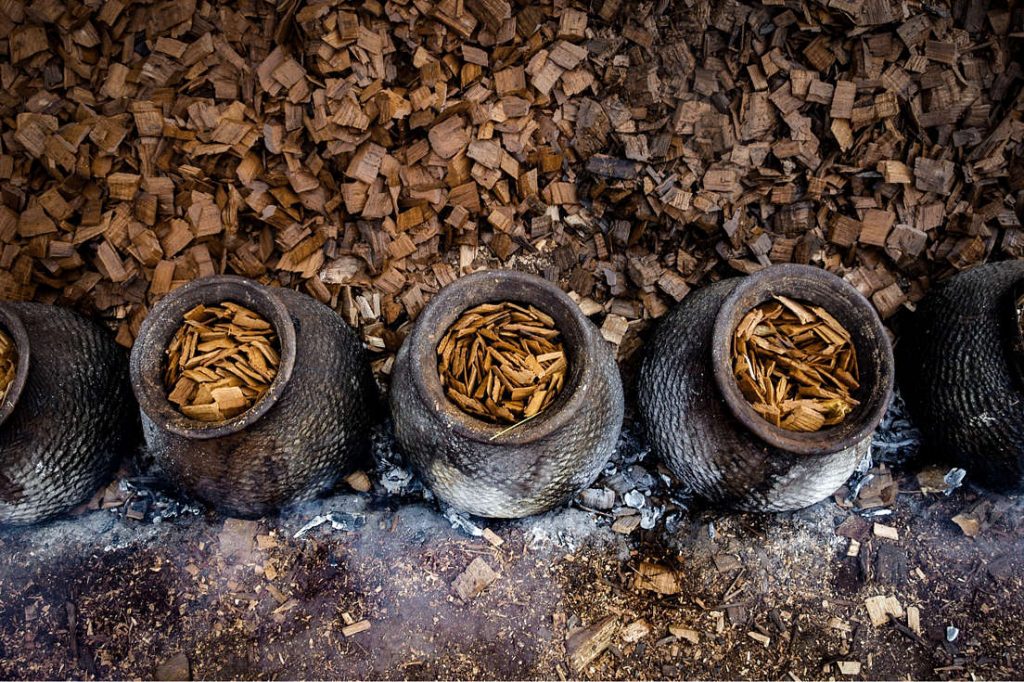マレーシアにおけるイスラーム型ソーシャルビジネス――その社会的起業の実態と傾向――
対象とする問題の概要 本研究の対象は、東南アジアで活発化しているイスラーム型ソーシャルビジネスである。特に今年度はマレーシアに注目して研究を進める。マレーシアでは、10年程前から社会的起業への関心が高まっている。2014年には社会的起業を…

Acacia catechu (Sha) forests are the primary sources for cutch production. Cutch is a non-timber forest product rich in tannin extracted from the heartwood of A. catechu trees and mainly used for tanning and dyeing. Since colonial times, cutch production has been regulated by the government, which sets limits on the girth of trees that can be harvested. However, history has revealed conflicts between the government and local people over cutch production.
The purpose of this study was to investigate the sustainability of Sha forest management for cutch production through vegetation and social surveys. Vegetation surveys were conducted in seven A. catechu reserved forests where harvests were allowed in different years.

The two most common anthropogenic disturbances to the forest were found to be fire and logging. A. catechu seedlings were observed to be vulnerable to the effects of fire. All A. catechu seedlings under 2 m height were found with fire marks. Logging was carried out not only to harvest cutch (36% of total stumps) but also for other purposes. Different tree sizes were harvested for various purposes, ranging from fuelwood to construction, and at different scales, ranging from subsistence to commercial. Harvesting of A. catechu trees for cutch production was based on two diameter limits; local diameter limit (LDL) 15 cm and official diameter limit (ODL) 30 cm. LDL is the size of the trees after attainment of significant amounts of heartwood. There were not many trees larger than the ODL, but numerous trees were larger than the LDL. The local system of harvesting for cutch was based on a stem diameter that would provide enough heartwood. Only 5 % of the harvested stumps were found to be within ODL. We found that the forest understory was affected by surface fire, many trees above the LDL were present, and A. catechu forests were utilised not only for cutch but also for fuelwood and other purposes. Despite fire and logging, the forest structure still seems to be able to meet various local needs. Poor farmers are more likely to be involved in cutch production, which contributes to the village economy. We conclude that cutch production in Sha forests could be sustainable if fire management, along with conservation and reforestation measures, were included in the management regime.
Current research focuses on managing A. catechu forests for cutch production in central Myanmar. One of the findings is that the forests are utilised not only for cutch but also for wood fuel (fuelwood + charcoal) purposes. In the future, we will focus on biomass estimation and charcoal production of dry forest tree species in central Myanmar.
Copyright © 附属次世代型アジア・アフリカ教育研究センター All Rights Reserved.